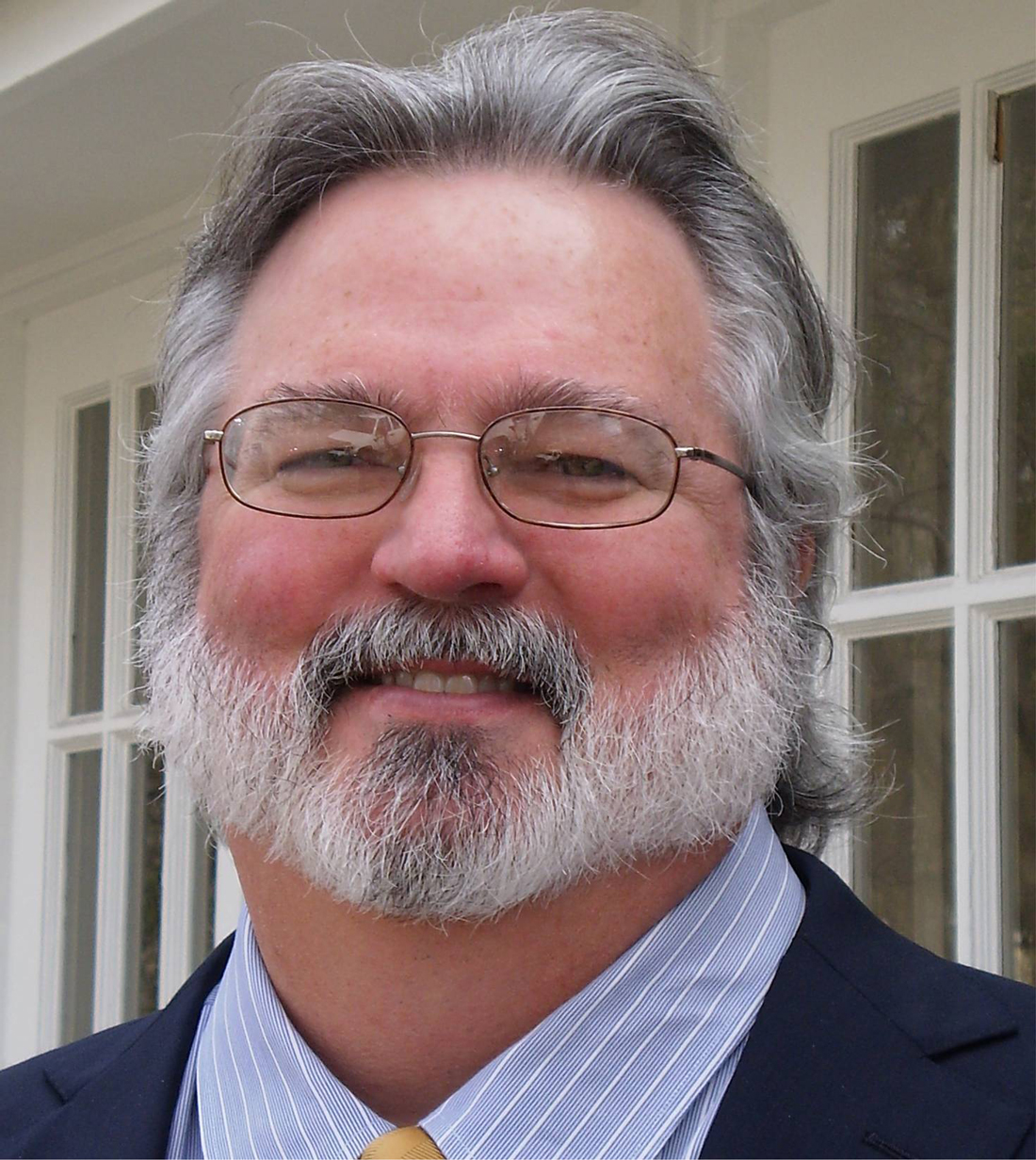The old adage is that you should never watch laws or sausages getting made. But this spring the question may be who is watching how the future of the Texas electric grid gets decided.
An organization called the North American Electric Reliability Corporation, which has federal authority to enforce the reliability of the national electrical grid, put Texas on notice last week that it is worried about whether the state will have enough power by this summer — and whether Texas officials are doing enough to fix the problem.
The Public Utility Commission of Texas and the Electric Reliability Council of Texas (ERCOT) have been working for two years to remedy looming electricity shortfalls in the state. Insufficient generating capacity could cause rolling brownouts and blackouts across Texas. What’s more, if the power grid here becomes unreliable as peak demand outstrips generating capacity, it could affect the reliability of the whole country’s electrical system.
The CEO of the North American group, known as NERC, wrote last week that not enough has been done to fix the problem. It is “still unclear to us how ERCOT intends to mitigate” the potentially disastrous situation, wrote Gerry Cauley in his letter to the head of ERCOT. And he set an April 30 deadline for that group to present its plan for addressing the problem.
“Cauley’s letter serves notice that the PUC and ERCOT need to be more aggressive if they want to ensure a reliable supply of power in Texas,” said Colin Meehan, clean-energy analyst with the Environmental Defense Fund.
Trip Doggett, who heads ERCOT, responded to Cauley’s letter in a statement in which he said that his organization “take[s] this issue very seriously” and considers grid reliability and resources to be “our top priorities.” He said his organization and the Public Utility Commission have worked to improve consumer awareness, encourage conservation, and encourage investment in power generation, but that “there are no simple solutions.”
Spokesman Terry Hadley said the PUC “shares the concerns of the NERC” and “is continuing to work through a lot of these issues with ERCOT.”
But a source close to the controversy said Tuesday that legislative leaders fear the PUC and ERCOT may try to wait another month beyond the April 30 deadline to act on the crisis — that is, until the end of May, when legislators leave town.
One thing legislators are worried about is that the PUC could attempt to change the way electricity is priced in Texas, moving to a system that would pay power companies simply to have generating capacity available, regardless of whether it’s used or not.
David Power, deputy director of Public Citizen Texas, said Sen. Troy Fraser, the Hill Country Republican who heads the Senate Committee on Natural Resources, has already warned the PUC publicly that if the agency tries to move the state to that system, called capacity pricing, he will intervene.
That change could cost ratepayers more than $3 billion a year, Power said. Not surprisingly, it’s a system that the power generating companies favor.
However, if the PUC waits until the legislative session ends, the change could get made anyway because legislators won’t be in session to take action to overturn it.
Meehan suggested that perhaps the legislature should give the PUC and ERCOT a similar April 30 deadline — especially since those entities have to go through the sunset process this year, justifying their continued existence.
Failure to fix the state’s power grid “is a risk we can’t afford to take,” Meehan said, “given a looming drought, a growing economy, and a stagnant electric market.” By this summer, the grid is expected to drop well below the 13.75 percent margin of reserve generating capacity that is considered standard.
The PUC last year moved to significantly increase the maximum wholesale price that generating companies can charge for electricity during peak periods. Raising the cap is considered one way to attract investors who would help provide financing for new power plants. Since then, a couple of power companies have announced plans to build new plants — but none that will come on line by this summer.
Both Power and Meehan said that the PUC and ERCOT take the problem seriously and have been working to fix it. But many environmentalists in Texas regard the PUC as a captive agency that is more interested in protecting the energy industry than in watching out for Texas consumers. PUC sets the policy carried out by ERCOT, a nonprofit corporation overseen by the commission and the legislature.
Another strategy that the PUC and ERCOT have worked on is called demand response — that is, decreasing peak energy demands by measures such as electricity pricing that would go up during those periods and devices — including smart meters — that could respond to peak demand by reducing some energy uses.
Power said ERCOT was “moving right along” with demand response strategies, when the committee that was working on those ideas was dissolved.
He thinks the legislature will weigh in on the controversy. “The legislature is fairly divided right now, but one thing everyone agrees on is to not let the lights go out,” Power said.
Meehan said that while traditional power plants take years to develop and build, it’s actually possible — if not likely — that solar power plants could be built in the next six months that would help address the looming shortage.
“But the PUC is very biased against solar and renewable energy in general,” he said. The costs of solar power have dropped by 75 percent since 2009 alone, he said, and a more positive attitude from the state agency could easily attract solar power developers here.
When the PUC does act to address the potential energy shortfall, Power said, a major question is “will it be a long-term fix” that might take Texas safely through the next decade, “or is it going to be a fix just for next summer?”
In Texas, he said, electricity consumers “pay for everything, and in the end we will pay for this as well.”













Why do they keep letting power plants close in Texas then? The ones on Lake Possum Kingdom and Lake Granbury have shut down for good in the past 2-3 years.
The Texas Solar Energy Math Challenge
Let’s diffuse the old news that solar energy is too costly and is only competitive with subsidies and take a more current look at some simple data that indicate that we have a great opportunity in Texas to tap the untapped natural resource.
Which is better for Texas residential and small business energy consumers – $9.00/kWh peak wholesale electricity from centralized power plants that must be transmitted over long distances with the associated energy losses, or $0.07/kWh from distributed photovoltaic (PV) solar power generated where it is consumed with no transmission losses and which is generally aligned with the peak energy demand time periods in Texas?
(learn more at – http://planosolar.blogspot.com/2012/11/the-texas-solar-energy-math-challenge.html)
David Power shows great restraint by not slamming the PUC & ERCOT for their totally brainless approach to this self-induced crisis. Too bad, the facts need to be put in front of the public.
Raising the system-wide offer cap from $3000/mW hr to $9000/mW hr will never motivate wholesale generators to build more peak generating capacity. The wholesalers know full well that they won’t ever receive the $9000.00/mW hr if they build the extra capacity.
The simplest solution, and the quickest, will be to promote solar electric installations that can come online in months rather than the years it takes for NG or coal.
Solar power is generating the most power when the sun’s high. Peak demand occurs at the same time. Solar power not only reduces the consumers immediate on-site electric demand but excess power is fed back onto the grid where it will offset someone elses peak demand.
Solar power in the US has reached grid-parity, the cost for wholesale power is less than or equal to fossil fuel generated power. Electric utilities are lining up to invest in 20 year power purchase agreements from utility scale solar system owners.
The primary driver of the wind & solar market is the Renewable Portfolio Standard, legislation passed requiring utilities to buy only a modest percentage of their wholesale power from renewable sources. The RPS was such a successful program that Texas met the 5880 Megawatts of installed capacity years ahead of the ten year term.
So why does the PUC want to kill the RPS? Simply it’s REAL competition for coal & natural gas generators. And the PUC whose mandate is to regulate utilities for the benefit of the PUBLIC has turned into a hand puppet for the fossil fuel industry.
The PUC has proposed to the legislators that “…the Commission believes the 5,880 megawatts mandate in Subsection (a) is no longer necessary.”
http://www.puc.texas.gov/industry/electric/reports/scope/2013/2013scope_elec.pdf
How ludicrous! It works so well that they want to end it! Rick Perry must be ROTFL.
Just remember this bs going on behind the scenes when your electric rates begin to climb. You have the PUC to thank.
Jim Duncan
There are some counties & cities that are doing collective buying & even renting of equipmnt to help citizens reduce their energy consumption. Haven’t seen it in any TX area tho. What’s up w/ that?
We have sunshine almost year-round. Why aren’t we pursuing solar energy? At least wind, small wind, geothermal, etc like the colder states? Oh, that’s right. Our gov is a big oilman. How silly of me. He & ihs buds would lose so much money going renewable energy.
Keep a watch on what other cities, counties & countries are going. TX is never in the news on this site. Why? http://greenjobs.com/